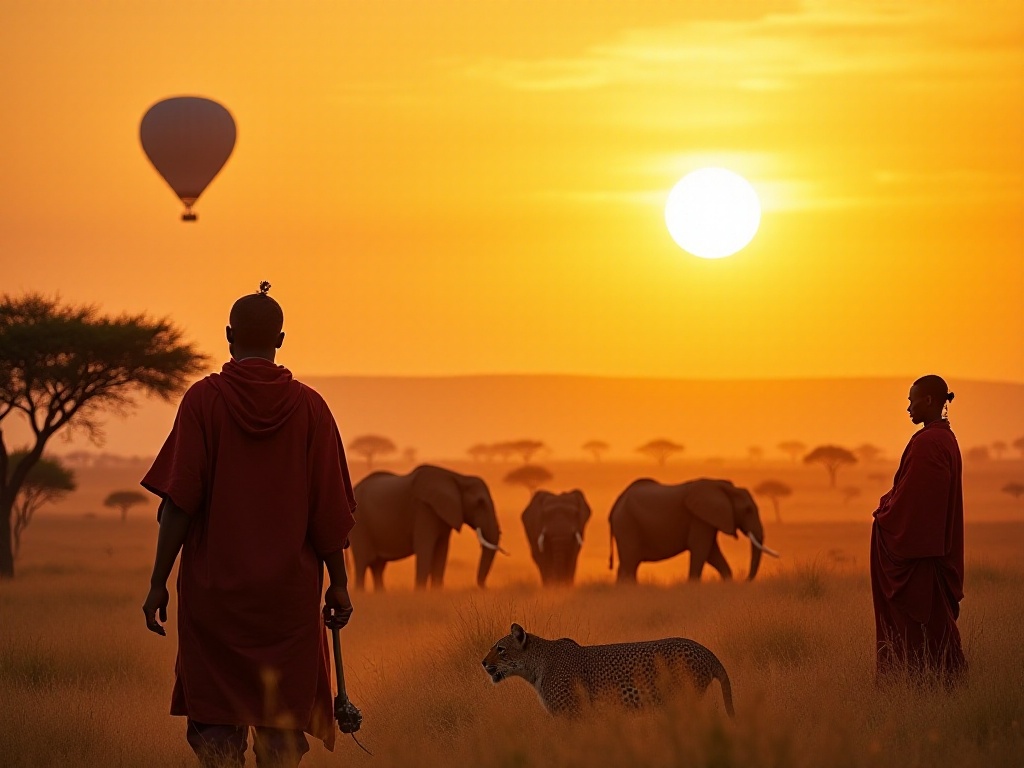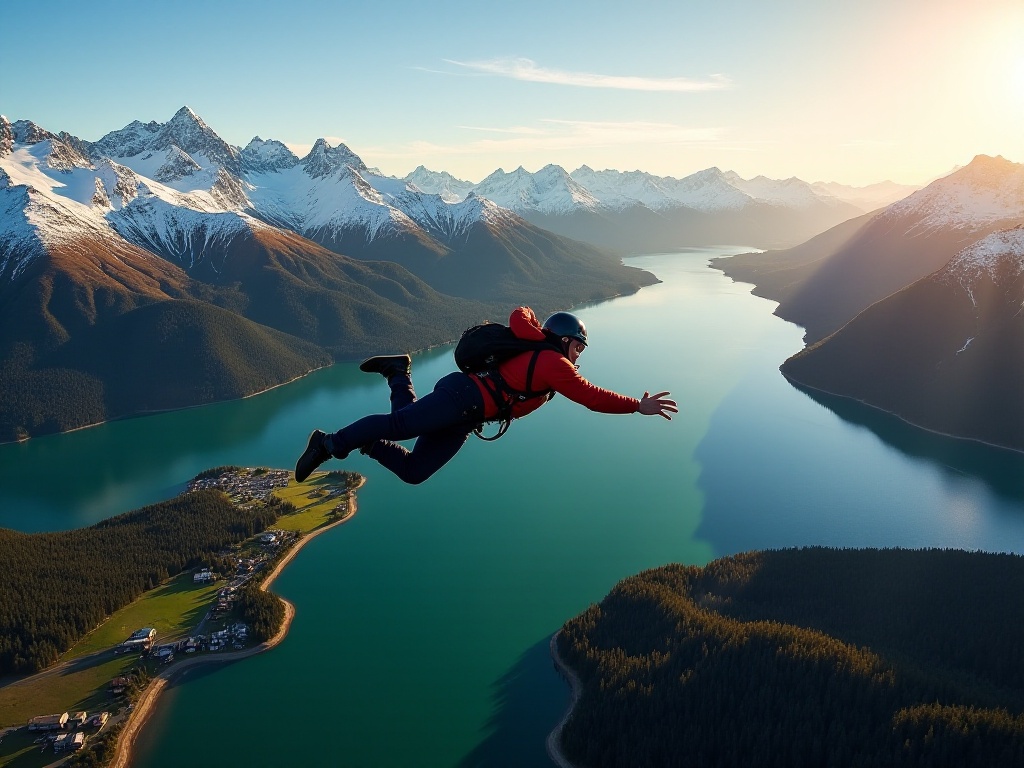
Introduction
Brothers and sisters, are you like me, yearning for the feeling of hiking in remote wilderness with a backpack? Looking at the misty peaks, walking along winding mountain paths, feeling completely free. Today I'll introduce you to Europe's last wilderness - the Scottish Highlands. As an experienced hiker who has been here no less than ten times, I've explored every mountain and stream in the area, and today I'll share all my experiences with you.
Geographic Features
The Scottish Highlands are truly Britain's wildest region. The Highland area occupies a vast territory in northern Scotland, with terrain as complex as a maze, filled with rolling mountains and deep valleys. The most famous is Ben Nevis, Britain's highest peak at 1,345 meters.
Though this height may not seem particularly impressive, due to its high latitude, the environment is much harsher than you might imagine. The thin air is comparable to mountains at 3,000 meters, and combined with year-round strong winds and changeable weather, it offers a true mountaineering experience.
The geological structure here is particularly interesting, with the entire Highland region experiencing intense mountain-building activity about 400 million years ago. The steep cliffs and deep valleys we see today are masterpieces from that period. Especially in the Glen Coe region, you can see U-shaped valleys left by glaciers, perfect examples straight out of a geography textbook.
The vegetation distribution is also unique. Below 800 meters, you can see dense Scots pine forests and various wild plants. As you climb higher, trees become scarcer, replaced by large patches of heather and shrubs. Near the summit, only moss and lichen remain, though these tough life forms still thrive in harsh conditions.
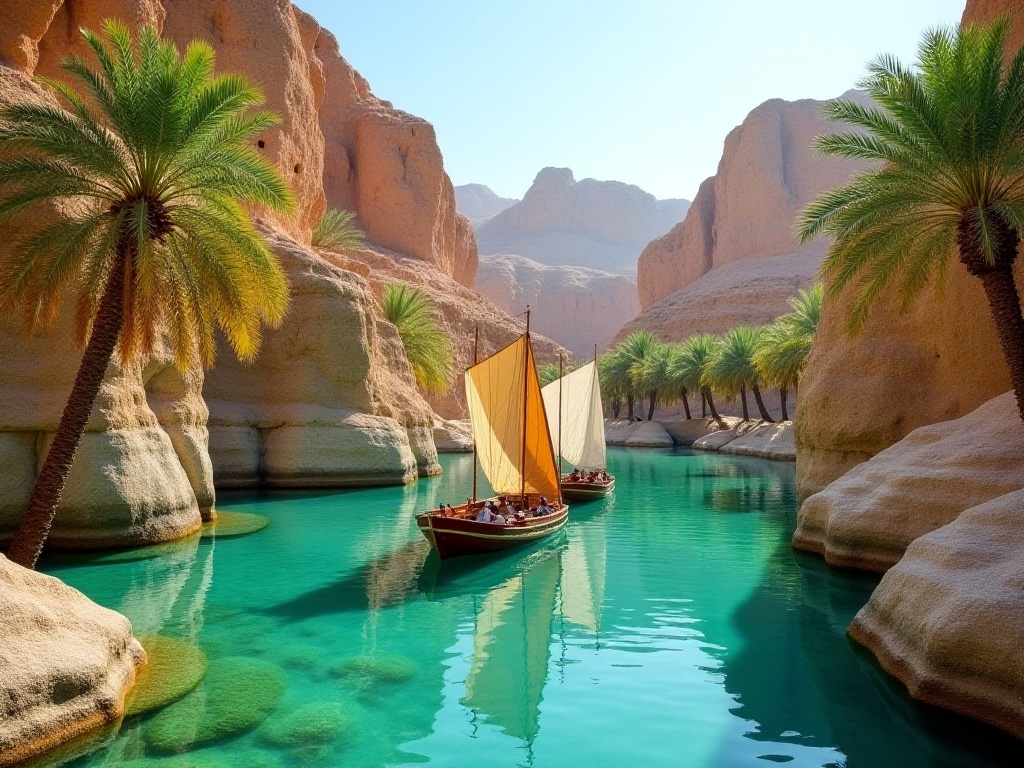
Best Season
Let me tell you, choosing the right time is crucial for exploring the Scottish Highlands. Based on my years of experience, May to September is absolutely the best season. Especially during summer from June to August, with 18 hours of daylight, it's truly a hiker's paradise. You can walk at a leisurely pace without worrying about darkness.
But the weather here is really unpredictable and can catch you off guard. I remember once setting out on a bright sunny morning, then it started raining after a short while, surprisingly snowed at noon, and the sun came out again in the afternoon - it was quite amusing. So I suggest everyone be fully prepared and consider all weather conditions.
Spring in the Highlands has its own charm. From late March to early May, the entire Highlands awakens, with new greenery everywhere. Heather starts blooming on the hillsides, beautifully dotting the otherwise barren mountains. However, the weather is still quite cool during this period, usually between 5-15°C, and spring rains are common, so warm and waterproof gear is essential.
Summer is the best season for hiking but also the busiest. Temperatures in July-August usually range between 15-25°C, very comfortable. And with long daylight hours, you can avoid peak crowds by starting early morning or late evening. However, even in summer, summit temperatures can drop to near zero, so warm clothing is essential.
The Highlands in autumn are a golden spectacle. From September to October, leaves change color, and the entire valley seems painted gold by God. Hiking during this time, you'll see the most spectacular scenery. But the weather starts cooling down, day-night temperature differences increase, and rainfall increases, requiring special attention to staying warm.
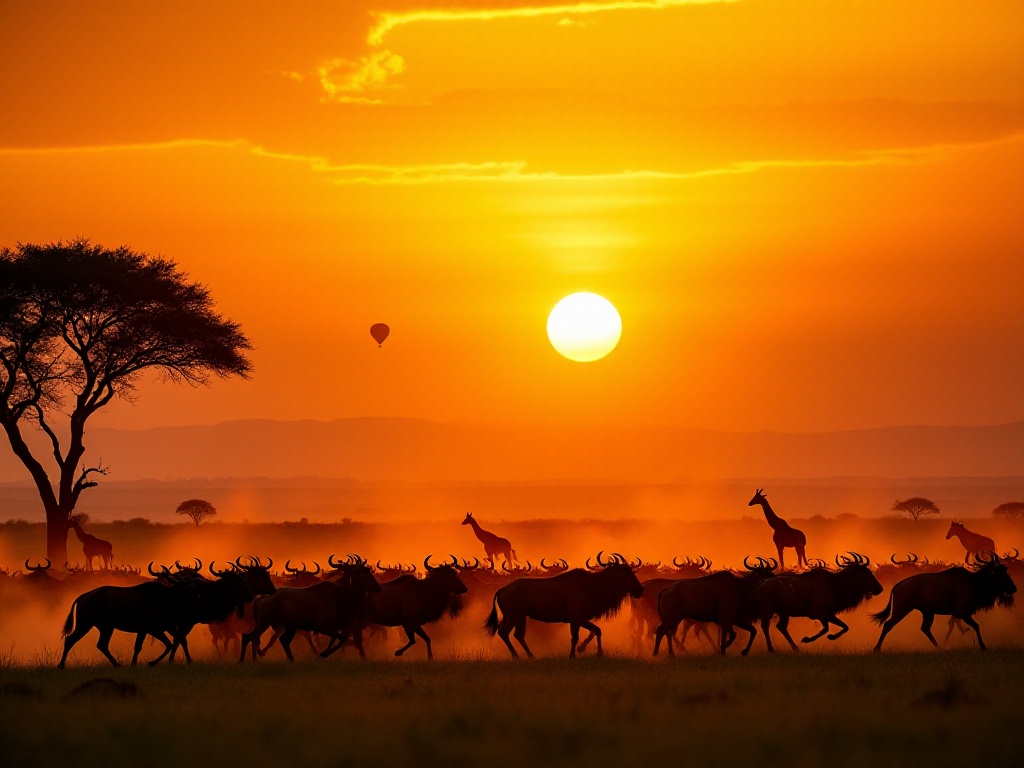
Classic Routes
The Ben Nevis hiking trail is definitely one of the Highland's most classic routes. The full journey takes 7-9 hours, covering about 16 kilometers with a total ascent of around 1,352 meters. When I first climbed this mountain, I was absolutely stunned by the scenery along the way.
The route starts from the Glen Nevis Visitor Centre, with the first two kilometers being relatively easy along a gravel path with a gentle ascent. This section is flanked by dense Scots pine forests, with air filled with pine fragrance. As you walk, you'll notice the trees becoming sparser and the ground getting more rugged.
At mid-mountain, the scenery completely changes. Trees are barely visible here, replaced by large areas of rocks and scree. The path becomes steeper, requiring constant switchbacks to ascend. However, by this point, you can overlook the entire valley, creating an exhilarating feeling of elevation.
The final approach to the summit is the most challenging. The terrain here is very steep, and strong winds are common. I remember almost being blown over by strong winds once, but such experiences make the entire climb more exciting. There's a stone shelter at the summit where you can take refuge from wind and rain, and it's also a great spot for photos.
Besides Ben Nevis, I highly recommend the Glen Coe hiking trail. This route is about 12 kilometers long, taking 5-6 hours. The terrain here is slightly gentler than Ben Nevis, but the scenery is no less impressive. Especially when passing through the glen, the cliffs on both sides give an overwhelming sense of awe.
If you want to try a multi-day hike, the West Highland Way is a great choice. This trail is 154 kilometers long, typically taking 6-8 days to complete. The route starts from Milngavie in Glasgow's suburbs and extends to Fort William at the foot of Ben Nevis. Along the way, you'll see almost all representative Highland landscapes, from lowland lakes to highland moors.
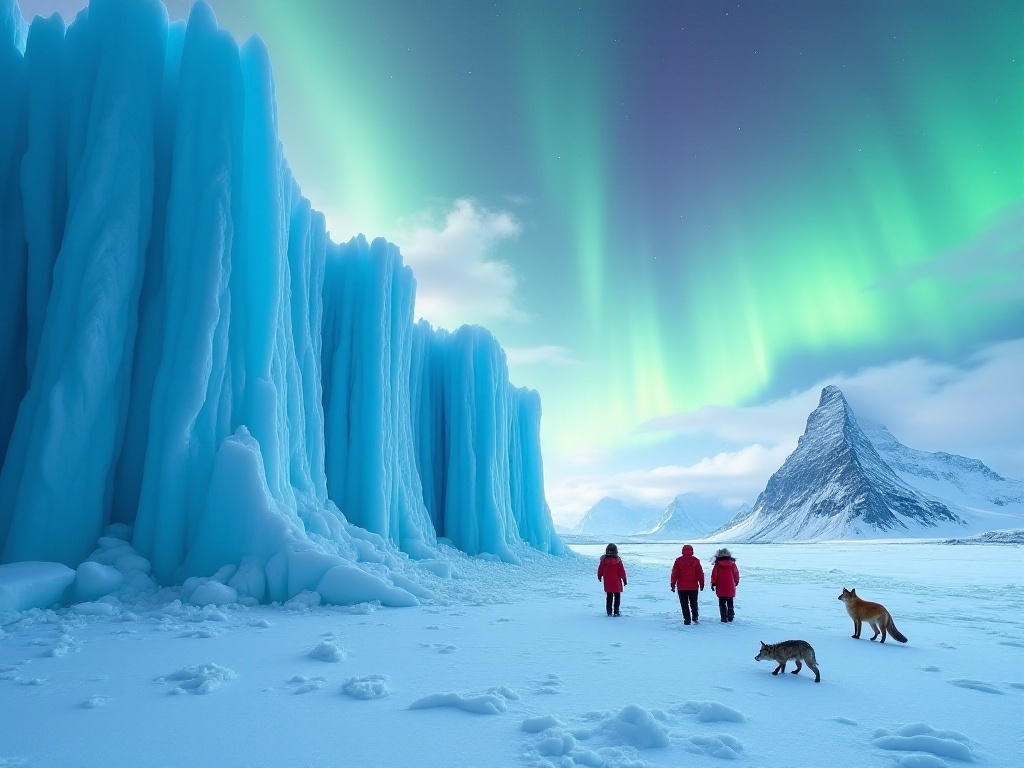
Equipment Recommendations
When it comes to equipment, it's truly a science. In the Scottish Highlands, equipment choice directly affects your safety and experience. I've learned many lessons about equipment over the years, and now I've finally developed a fairly complete equipment list.
First, let's talk about shoes. A good pair of waterproof hiking boots is absolutely your most important equipment. I recommend choosing mid or high-top hiking boots, which provide good ankle protection. Especially on scree sections, without good ankle support, it's easy to get sprains. When choosing shoes, definitely try them on, preferably half a size larger than your usual size, so they won't be too tight with thick socks. Also, your toes won't hit the front when descending.
Waterproof jacket and pants are also essential. Highland weather is so unpredictable, and a sudden rain shower might last several hours. For jackets, Gore-Tex material is best - though more expensive, it's truly better at being waterproof and breathable. For pants, I suggest choosing convertible styles that can become shorts when temperatures rise, offering more flexibility.
Backpack choice is also important. For day hikes, a 30-40 liter pack is sufficient. For multi-day hikes, you'll need 50+ liters. Whatever capacity you choose, waterproofing is crucial. Even with a waterproof pack, I recommend using dry bags inside for valuables and spare clothes.
Layering is important for warmth. The innermost layer should be quick-dry wicking underwear, middle layer for warmth (preferably wool or fleece), and outer layer for wind and water resistance. This three-layer system can handle various weather changes. Remember, in the Highlands, even summer summit temperatures can approach zero.
Other essential equipment includes: trekking poles (especially useful for descents), headlamp (in case of darkness), first aid kit, map and compass (don't rely solely on phone navigation), plenty of water and energy food. For summer hiking, sunscreen and sunglasses are also necessary. Best to bring two hats - one for sun protection, one for warmth - to handle weather changes.
Safety Tips
Safety awareness is paramount for Highland hiking. The terrain and weather here are challenging, and inadequate preparation can easily lead to danger. Let me share some practical safety advice.
First, always check mountain weather forecasts before departure. Regular weather forecasts aren't very reliable for highland areas - you must check specialized mountain weather forecasts. These provide more detailed information, including summit wind speeds and visibility. I usually use the Met Office mountain forecast service, which is quite accurate.
Second, always inform reliable people of your hiking plans. Tell them where you plan to hike and when you expect to return. In case of emergency, this information can help rescue teams find you faster. Before each hike, I leave detailed route maps and expected return times at my accommodation.
During hiking, constantly monitor weather changes. If you notice weather deteriorating, like reduced visibility or increasing winds, don't hesitate to adjust your plans. Better to turn back than risk continuing. I've had to abandon summit attempts several times due to thick fog - disappointing, but safety always comes first.
Energy management is also important. Don't walk too fast at the start; maintain steady pace and give your body time to adjust. Especially on uphill sections, control your breathing rhythm. I usually use the "rest step" method, briefly pausing every few steps, which better preserves energy.
Pay attention to water and food replenishment. Even in cool weather, regularly hydrate to prevent dehydration. Carry energy bars, chocolate, and other high-energy foods, replenishing when feeling fatigued. I generally rest every hour, replenishing water and food.
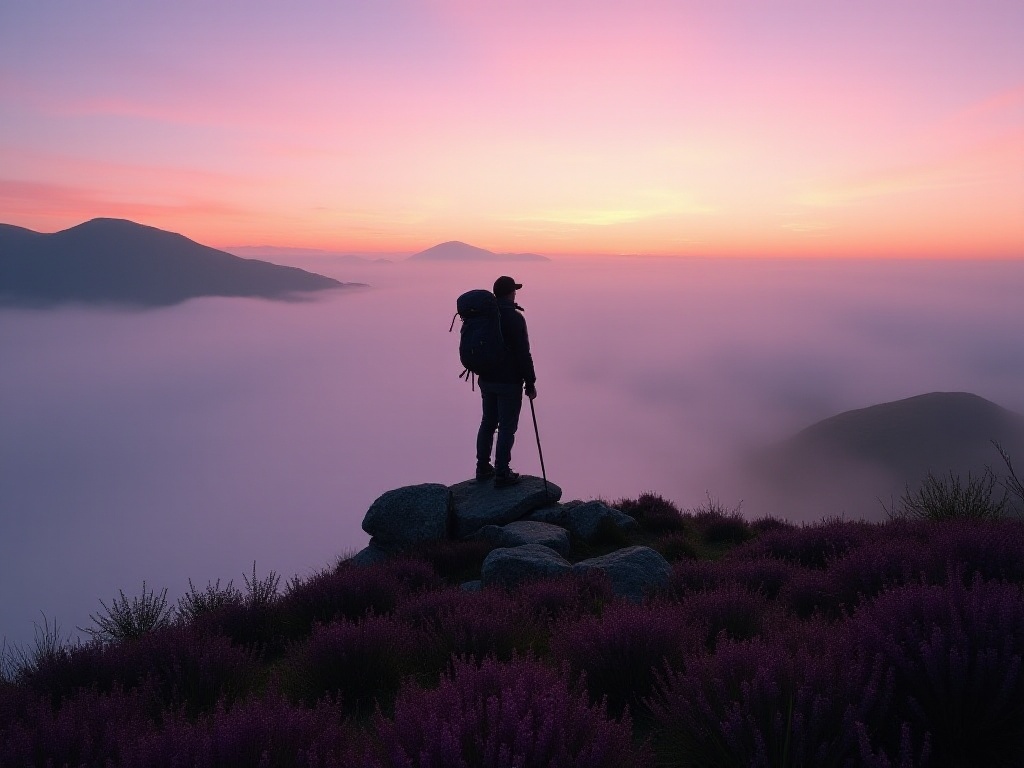
Cultural Experience
The Highlands aren't just a hiking paradise but a land rich in cultural heritage. Every mountain and glen seems to have its own story. While hiking, it's worth learning about this land's cultural traditions.
Speaking of Highland culture, we must mention Scottish clan culture. Many powerful clans existed here since medieval times. Each clan had its unique tartan pattern, which is the origin of today's Scottish kilts. In some town museums, you can still see these clans' historical artifacts.
Castles are another Highland cultural symbol. The number of castles here is astonishing - I've visited over a dozen myself. Each castle has its unique story, some being ancient family fortresses, others important military strongholds. For example, the famous Eilean Donan Castle, situated on a small island, looks like it stepped out of a fairy tale.
Highland music culture is also distinctive. Bagpipes are the most representative instrument here, their melodious and desolate sound particularly fitting for the scenery. In some town pubs, you can often hear live folk music performances. Sitting there, drinking whisky, listening to music, you feel completely immersed in this land.
Speaking of whisky, it's the Highlands' most famous product. Each region here has its own whisky distilleries, each with unique recipes and techniques. If time allows, I recommend visiting local distilleries to learn about whisky production processes, with tasting sessions included of course.
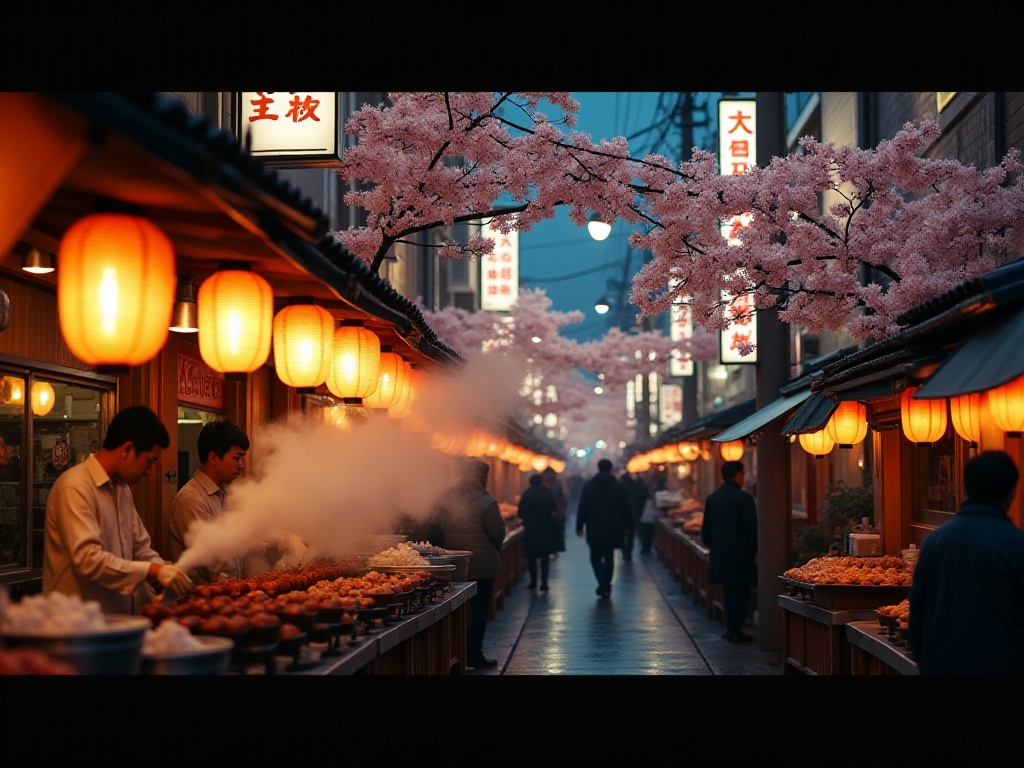
Accommodation Options
Choosing suitable accommodation is important for Highland hiking. Based on my experience, accommodation here can be categorized into several types, each with its characteristics.
Traditional inns are the most common choice. These inns are usually located in town centers, convenient for transportation with complete facilities. Prices generally range between £50-100 per night, depending on season and location. I particularly like those century-old establishments - though facilities might not be the most modern, they have a historical sense and cultural atmosphere that new hotels can't match.
Mountain bothies are my most recommended accommodation. These shelters are usually quite basic, possibly without TV or good network signal, but staying here lets you truly experience Highland's pristine scenery. Sitting outside the bothy at night, watching stars, listening to wind sounds, creates a truly magical feeling. Prices generally range between £30-50, requiring advance booking, especially during peak season.
For the purest experience, camping is an option. Scotland has quite open camping rights, with many places allowing free tent pitching. However, camping requires attention to several issues: first, choose suitable campsite, preferably flat and wind-sheltered; second, mind environmental protection, taking all garbage with you; finally, pay special attention to weather changes - if heavy rain or strong winds are forecast, better abandon camping plans.
Youth hostels are also a good choice, especially for budget-conscious backpackers. Hostels here generally have good conditions, and many are located in scenic spots. Prices usually range between £20-30, and you can meet fellow travelers from around the world. I've made many like-minded friends in hostels, and we still often travel together.
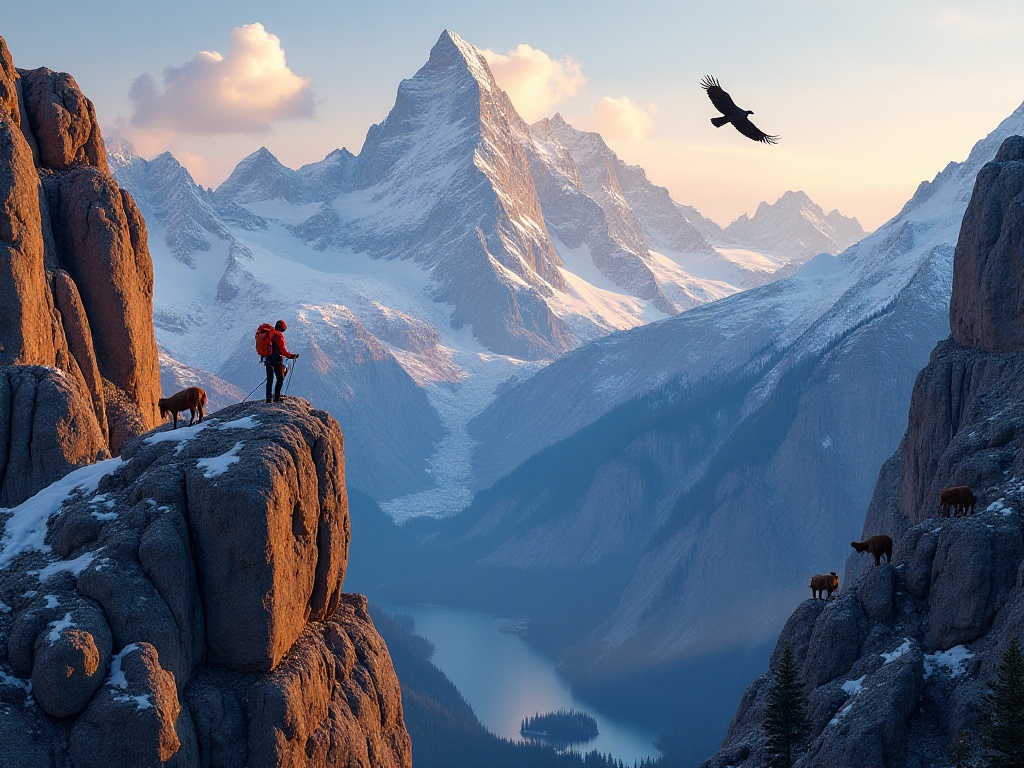
Conclusion
Standing atop Scottish Highland peaks, watching clouds flow below, listening to howling mountain winds, you'll experience unprecedented freedom and awe. This land isn't just a hiking destination, but a place where you can rediscover and challenge yourself.
Every time I return from the Highlands, I feel I've gained something new. Maybe reverence for nature, maybe insights about life, or maybe just an unforgettable experience. This is the Highlands' charm - it offers not just visual pleasure but touches your heart.
If you're interested in Highland hiking, don't hesitate, pack your bags and set out. Remember, preparation should be thorough but attitude relaxed. Enjoy the hiking process, experience nature's magnificent work. Perhaps we'll meet by chance on some summit, sharing together the touching moments the Highlands bring us.
Finally, I want to say that everyone's hiking experience is unique. This guide is just a reference - I hope you'll find your own way to explore the Highlands. I look forward to seeing more friends share their Highland stories. Let's measure this magical land with our footsteps together, and feel its awe and beauty with our hearts.
Next
French Polynesia Adventure: A Soul Journey Dancing with the Ocean
A comprehensive guide to outdoor adventure travel, covering water and land-based activities, US national parks and global destinations, complete with trip planning essentials and professional adventure services
Complete Guide to Whistler Adventures Through Four Seasons: North America's Premier Outdoor Destination
A comprehensive guide to outdoor adventure activities including water sports and land-based adventures, featuring popular destinations like Yosemite National Park and Grand Canyon, along with various travel organization options from guided tours to customized trips
Solo Adventure: 2025 Global Exploration Map, Your Guide to World-Class Outdoor Destinations
Discover premier outdoor adventure destinations worldwide, from Scotland's Highlands to Norway's fjords, New Zealand to Vietnam. Experience unique adventures from cave exploration to wildlife watching, skydiving, and surfing across carefully selected global locations
Next
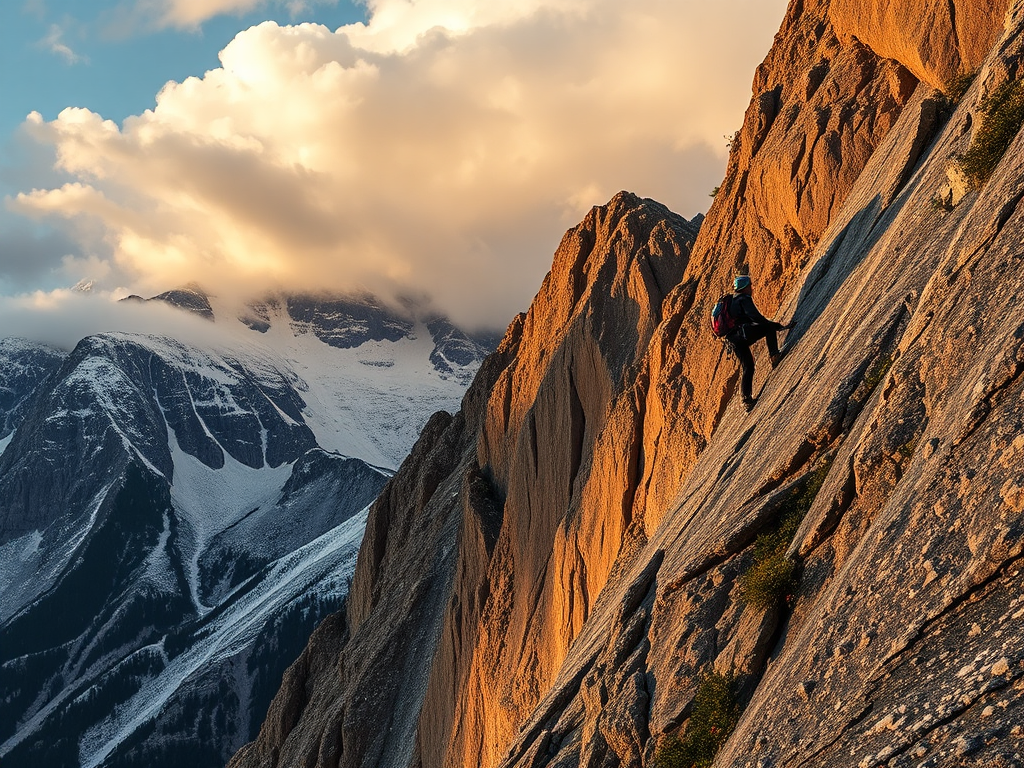
French Polynesia Adventure: A Soul Journey Dancing with the Ocean
A comprehensive guide to outdoor adventure travel, covering water and land-based activities, US national parks and global destinations, complete with trip planning essentials and professional adventure services
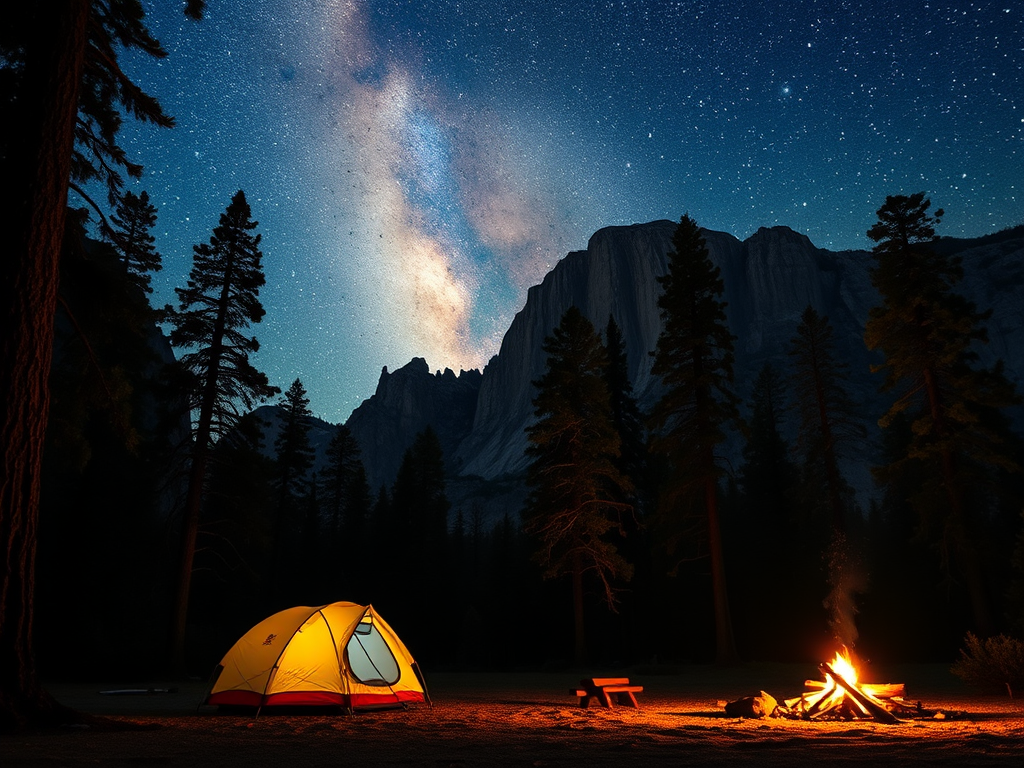
Complete Guide to Whistler Adventures Through Four Seasons: North America's Premier Outdoor Destination
A comprehensive guide to outdoor adventure activities including water sports and land-based adventures, featuring popular destinations like Yosemite National Park and Grand Canyon, along with various travel organization options from guided tours to customized trips
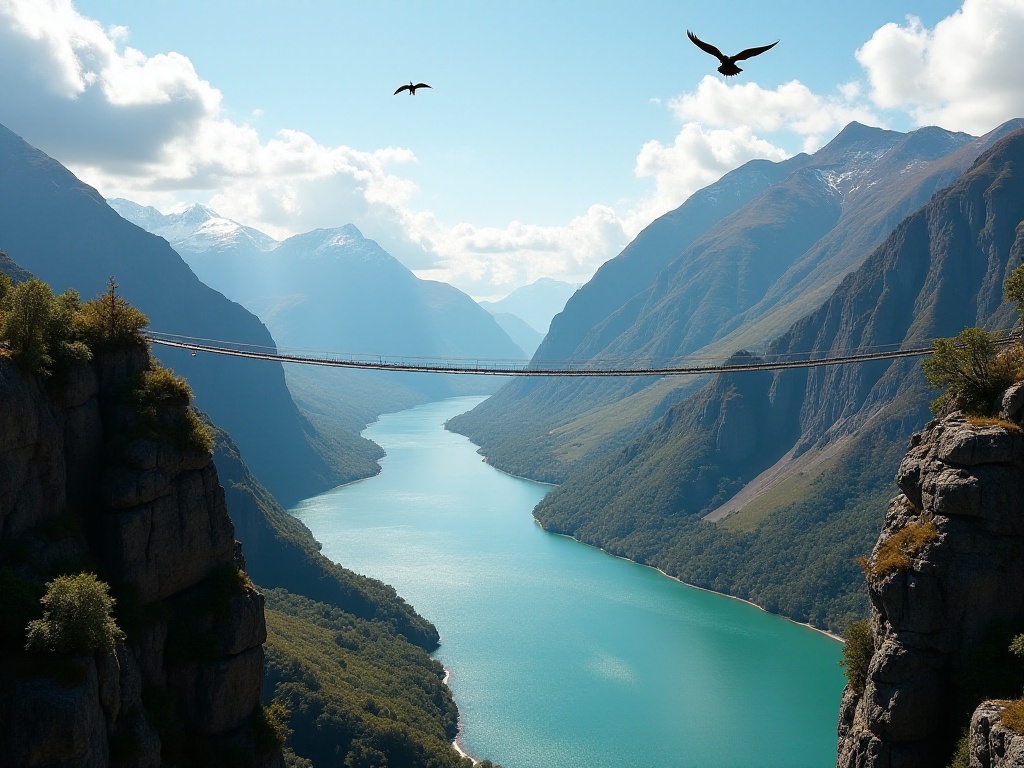
Solo Adventure: 2025 Global Exploration Map, Your Guide to World-Class Outdoor Destinations
Discover premier outdoor adventure destinations worldwide, from Scotland's Highlands to Norway's fjords, New Zealand to Vietnam. Experience unique adventures from cave exploration to wildlife watching, skydiving, and surfing across carefully selected global locations

